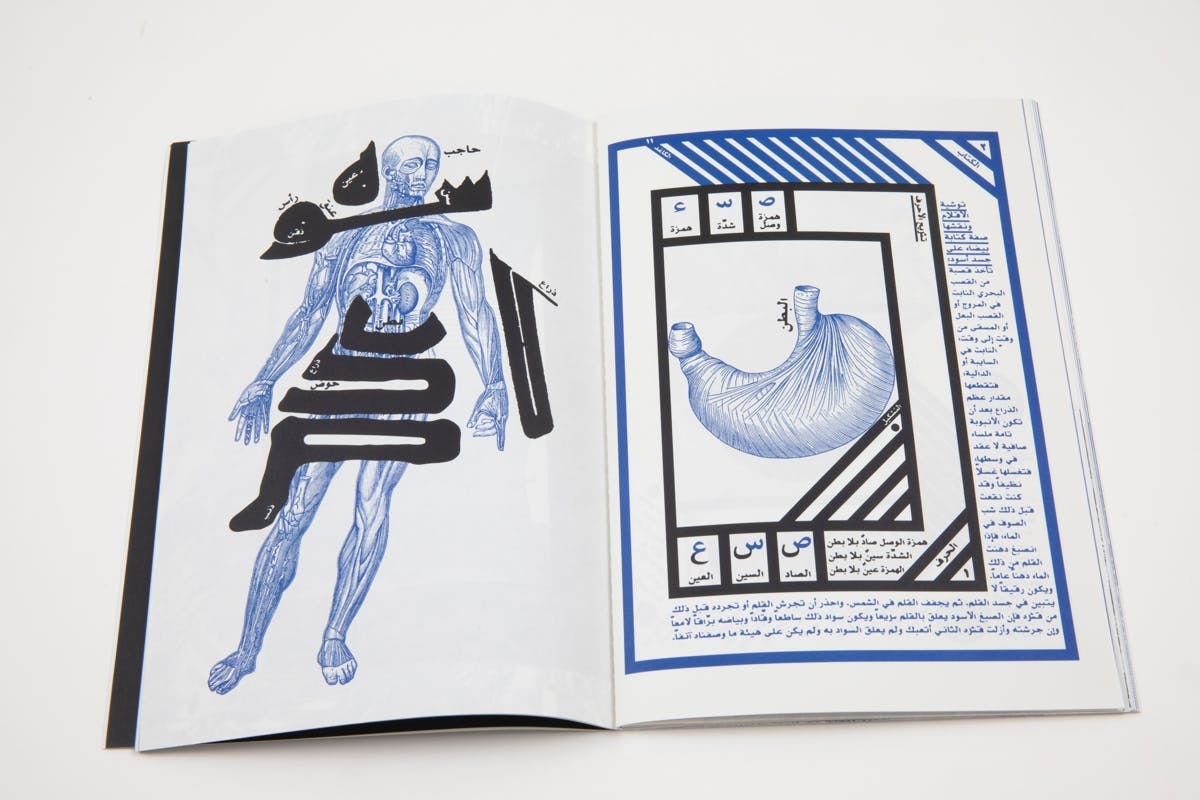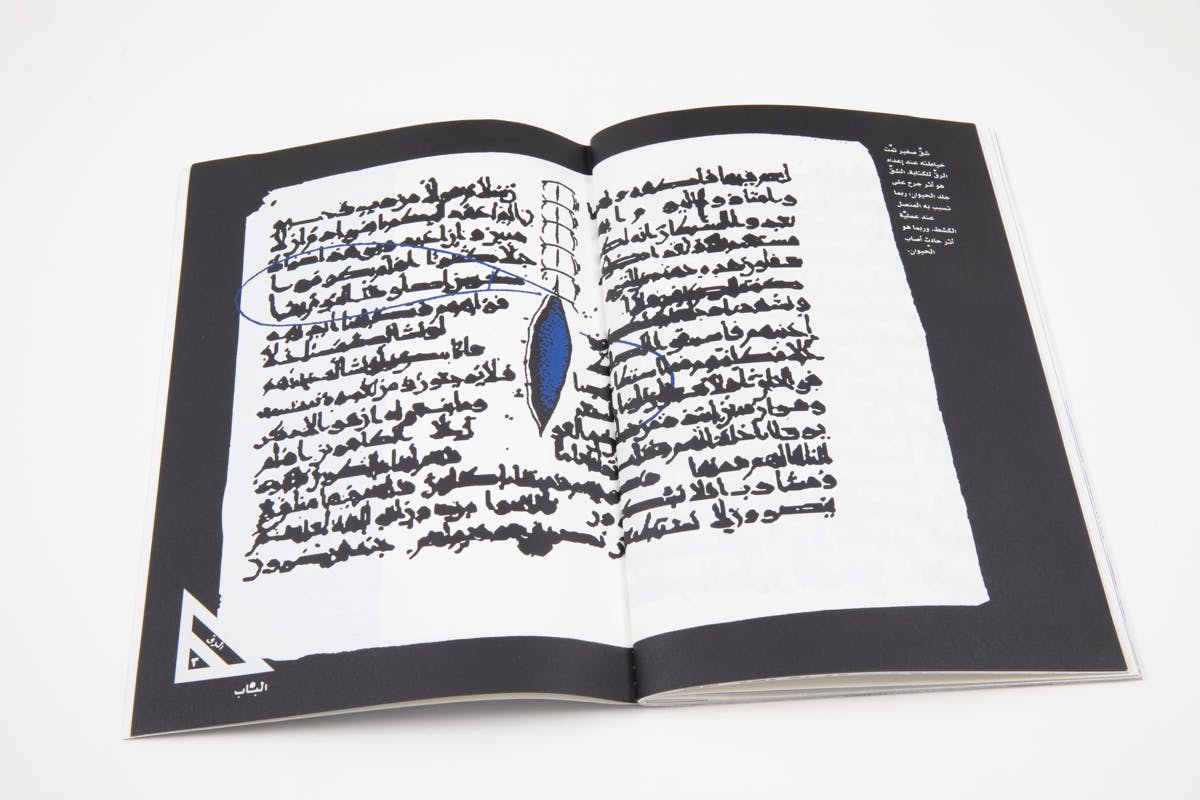Jana Traboulsi’s Kitab al-Hawamish explores the art of ancient ‘hyperlinks’
The designer’s Jameel Prize-listed book shines a light on some of the historic manuscript design practices of the Middle East, many of which connect back to the ways digital information is disseminated today
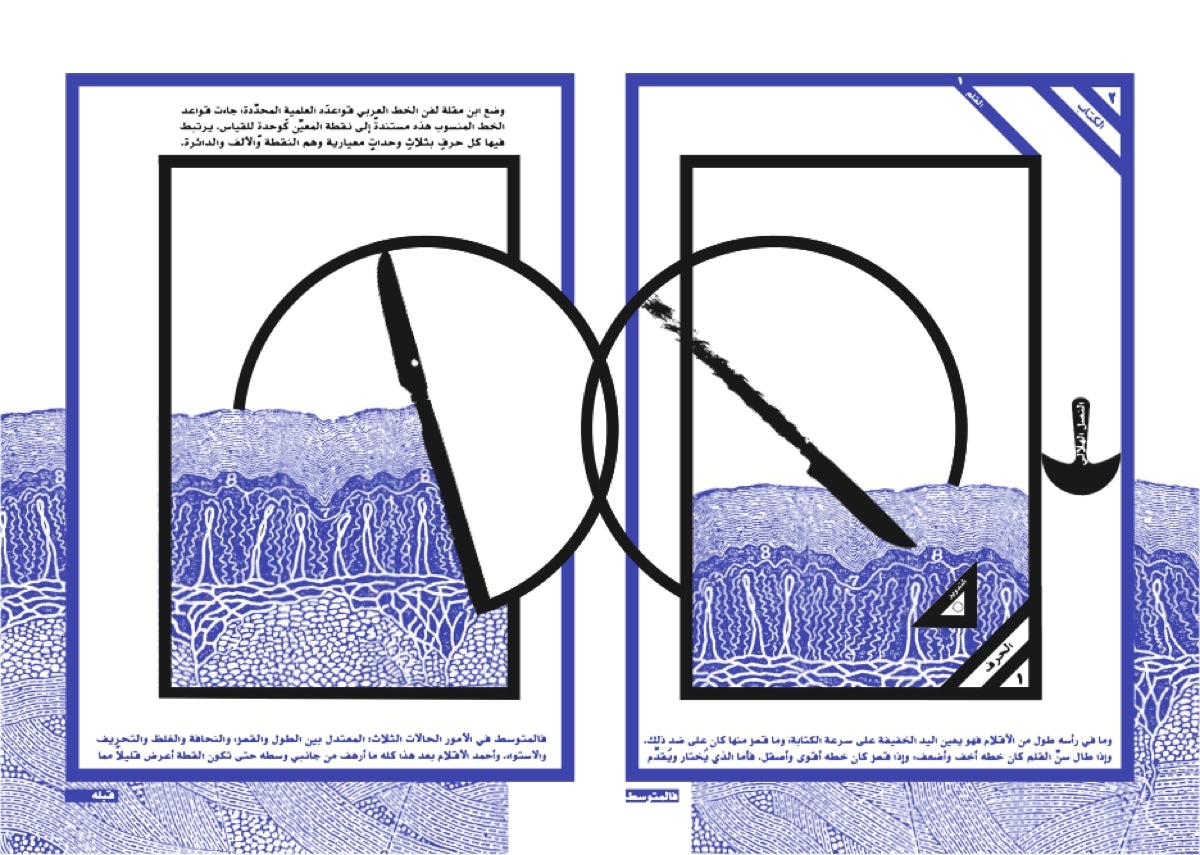
Traboulsi – who works as an artist and educator in Lebanon – is included in a shortlist of eight V&A Jameel Prize finalists, all of whom have made work inspired by Islamic tradition. This year marks the first time the prize has included contemporary design amongst its potential winners.
Kitab al-Hawamish, or Book of Margins, was created back in 2017, when Traboulsi was commissioned to create a piece for Beirut cultural centre Dar El Nimr. After being given access to the centre’s collection of ancient manuscripts and books, Traboulsi became fascinated with some of the design and calligraphic devices she found.
“There’s loads of design features – and not only aesthetically, although aesthetically most of the books were incredible – in terms of functionality,” she says. “I discovered crazy navigational systems, signs that tell you something about different habits or reading, and a totally different relationship with orality.”
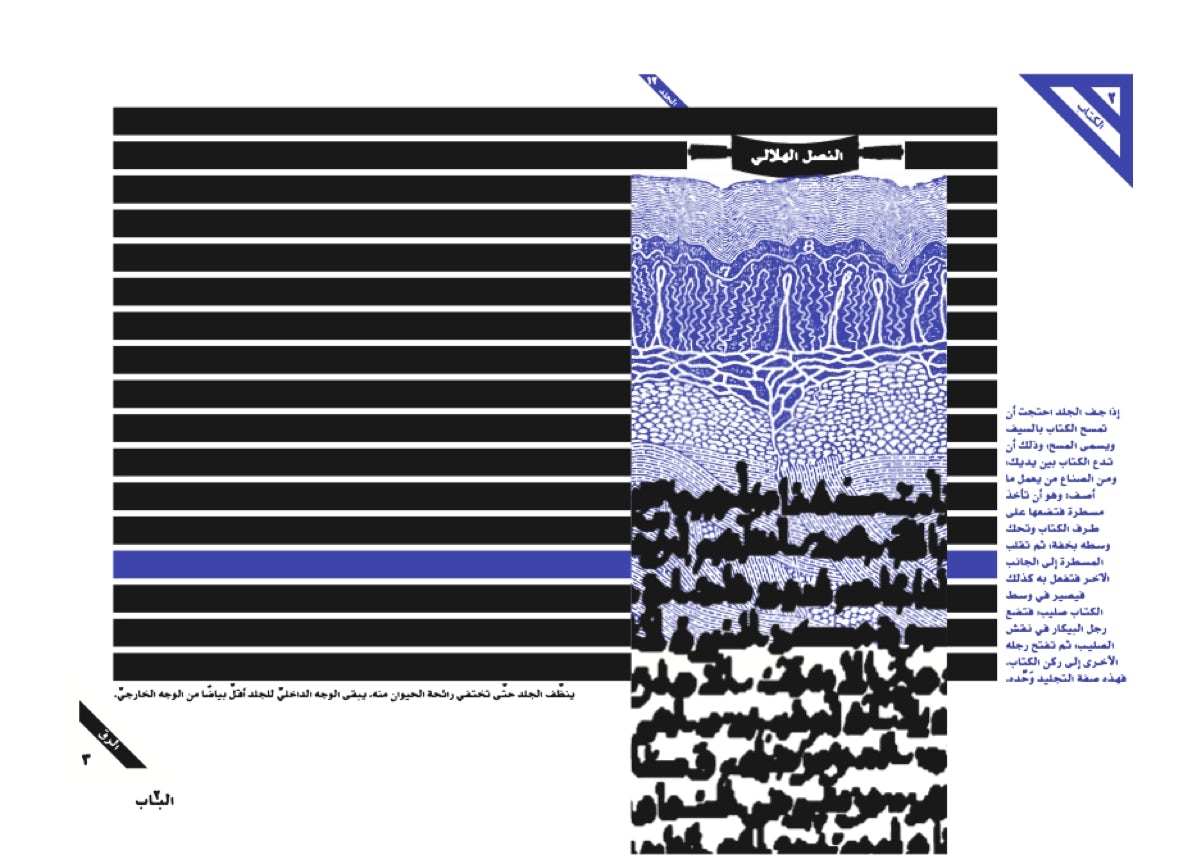
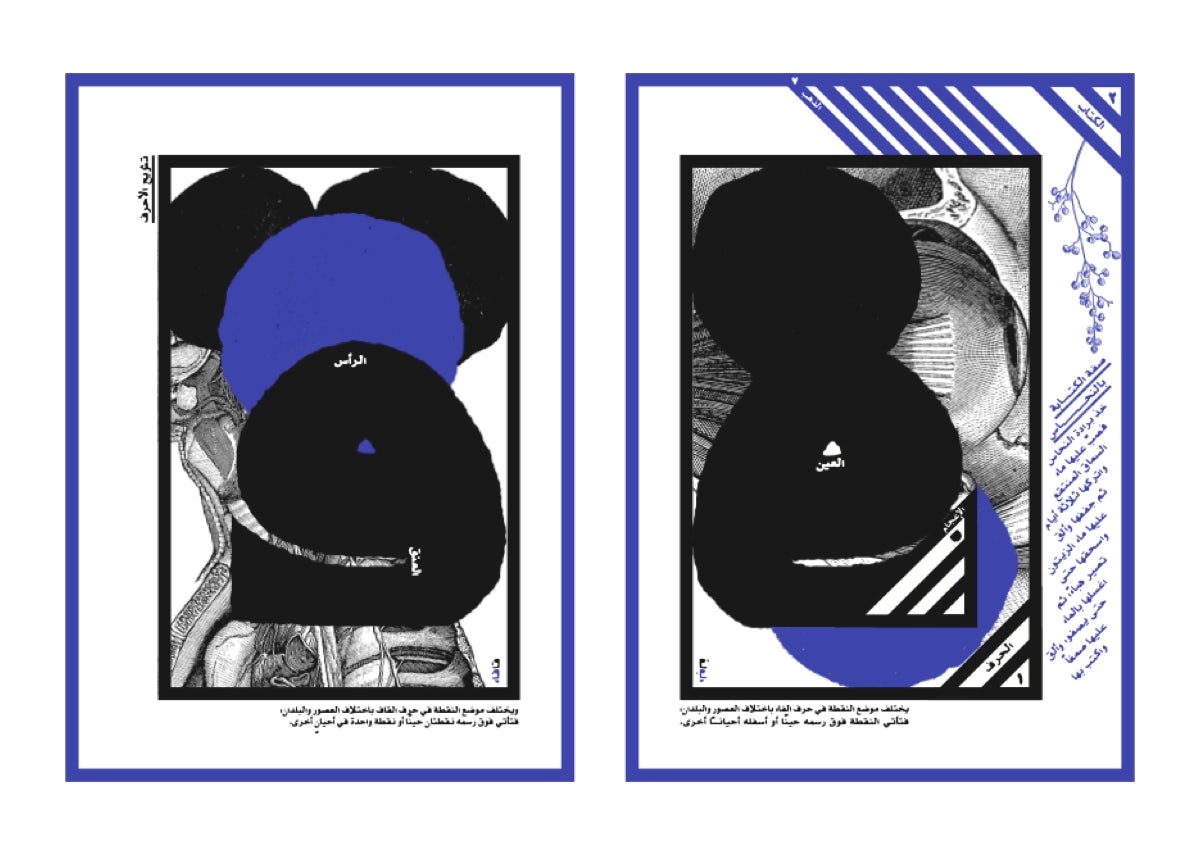
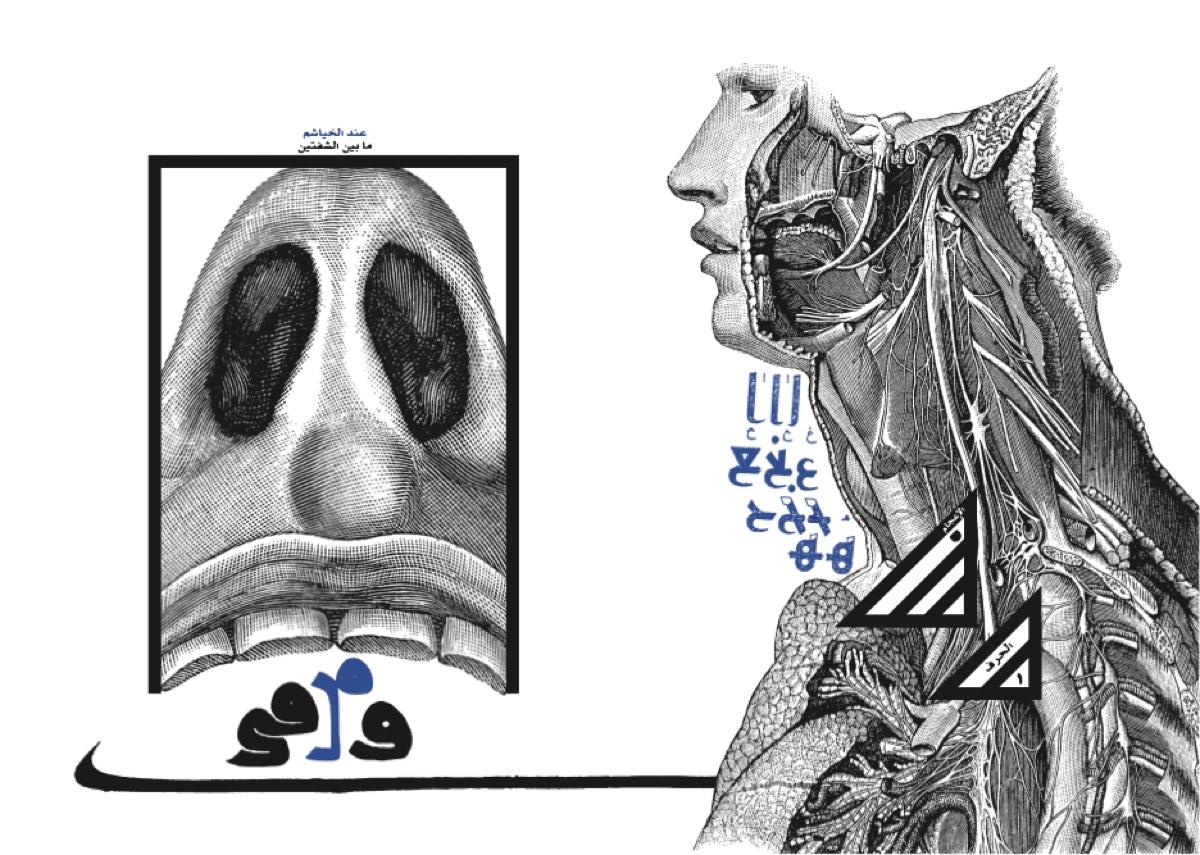
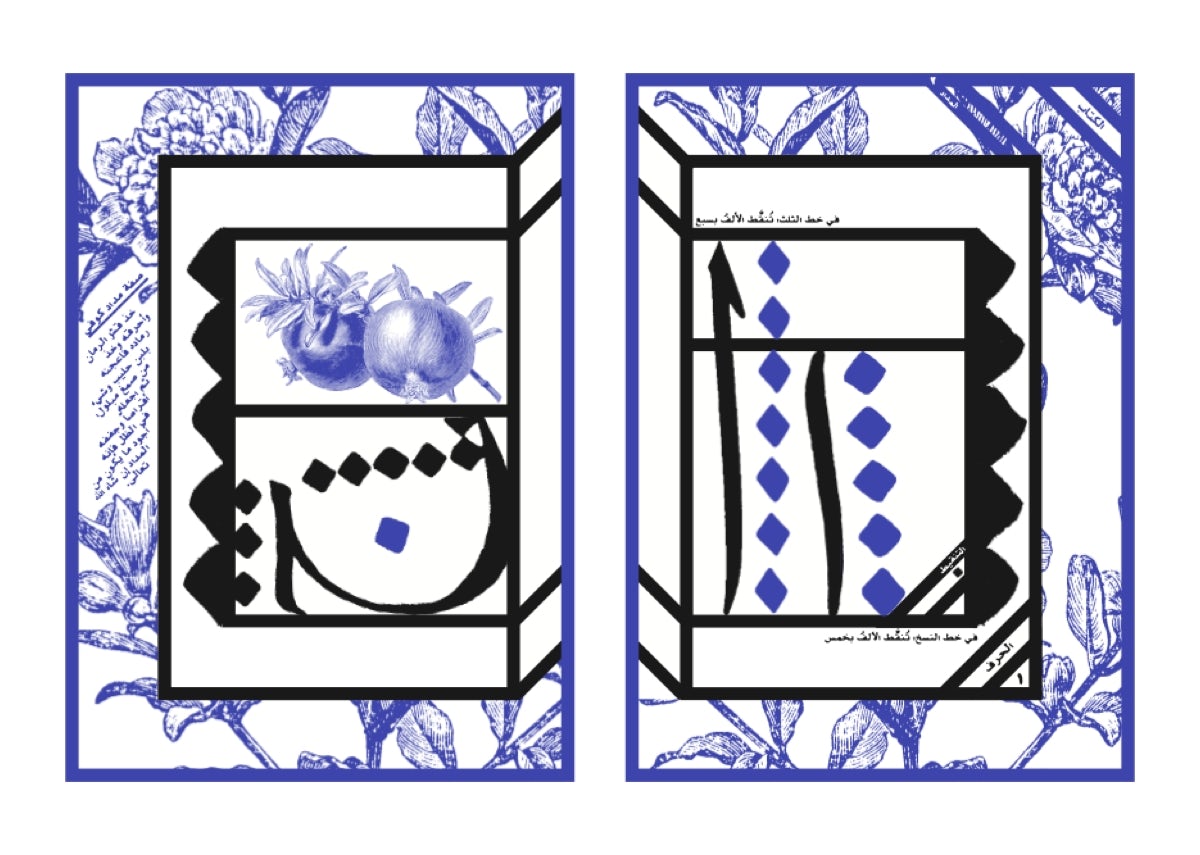
Several elements in particular caught her eye, including the use of diagonal writing in the margins of historical or religious texts, to provide readers with further interpretation or context for stories. Traboulsi draws parallels between this and the modern use of hyperlinks, which similarly offer readers the chance to delve deeper if they want.
In place of numbered pages, the designer says manuscript creators often added catchwords – the beginning word of the next page – at the bottom of each page, to aid seamless and rhythmic recitation, and save the orator from any awkward pauses as they turn to the next section. Her book also recreates the kind of ‘scar’ found in ancient parchment, where an animal skin has been stitched together.
Divided into three chapters, Kitab al-Hawamish explores some of these marginal features and calligraphy, and includes an excerpt from a historic scribe’s book of the 10th century, as well as details on how to make parchment.
Traboulsi hopes the book encourages visitors to the V&A – where all the shortlisted work will be on display from 18 September to 28 November – to ponder the perceived boundaries between design and art, as well as question what book design can and should look like.
“In magazines you do have several kinds of reading, but not in books,” she tells CR. “One of my main revelations is how boring book design has become compared to what it was, and how uninteresting as a reading experience, how not beautiful. And also how much in my region we have our understanding of good design which is European Modernist design, as opposed to keeping all of this tradition which is a very rich experience of reading.”





